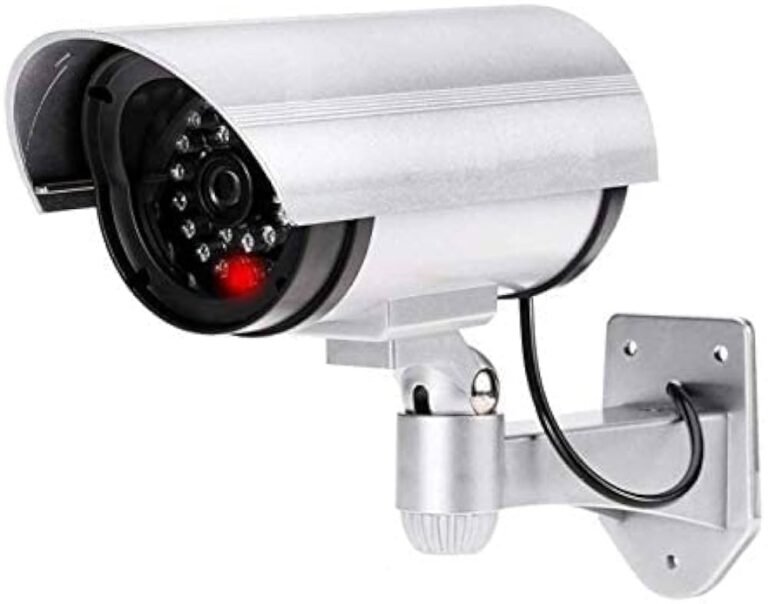Hebben bewegingsdetectoren camera's?

Ja, sommige bewegingsmelders hebben camera's. Deze geïntegreerde units combineren bewegingsdetectie met videobewaking om de beveiliging te verbeteren. Traditionele bewegingsmelders detecteren beweging via infrarood-, ultrasone of microgolfsignalen, maar bewegingsmeldercamera's gaan een stap verder door...

